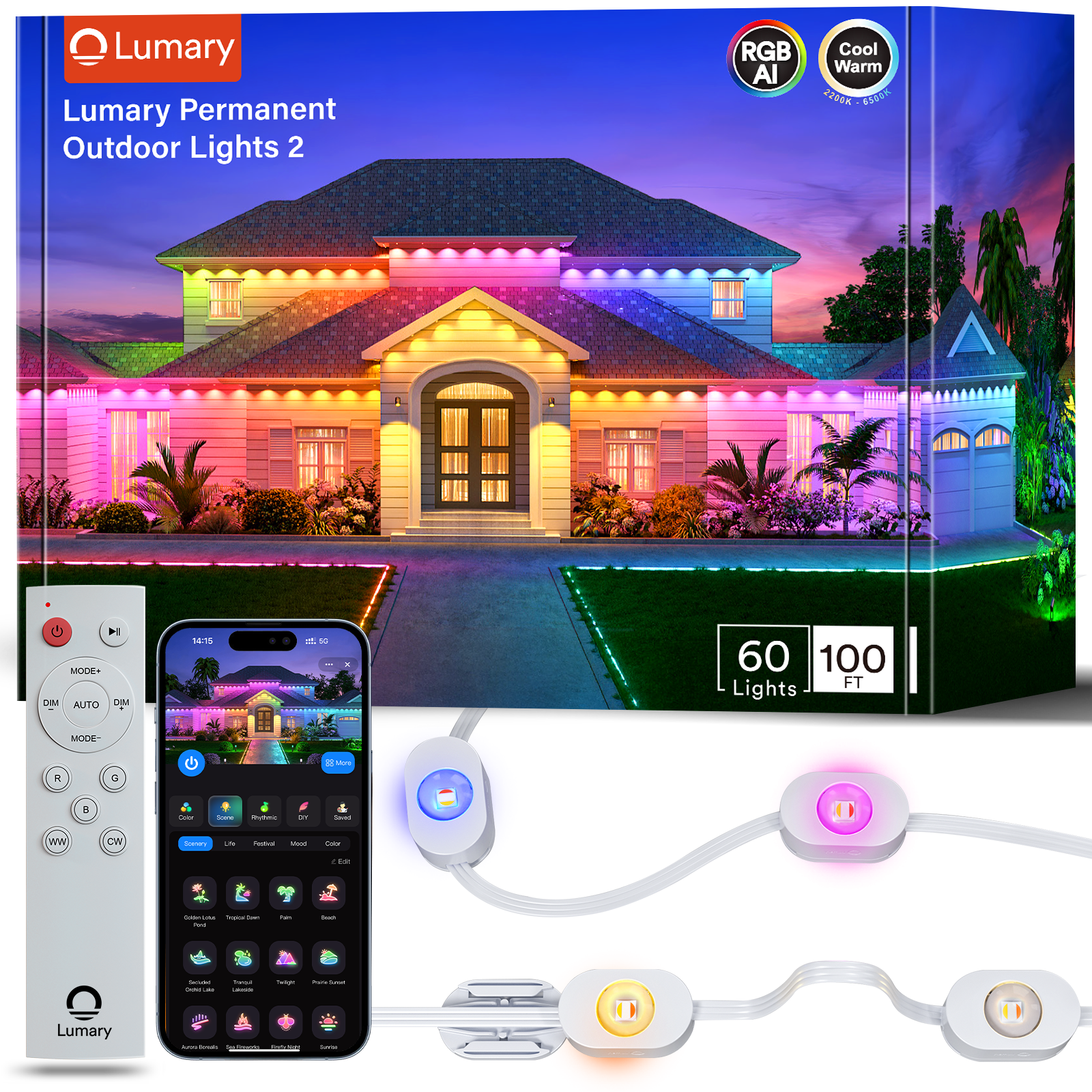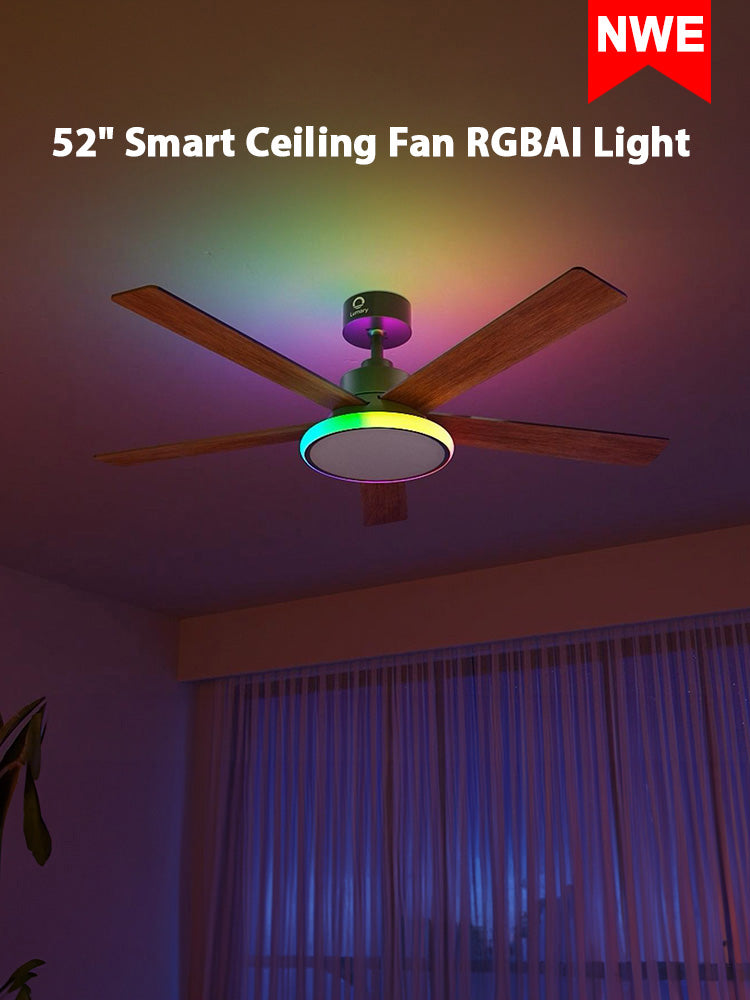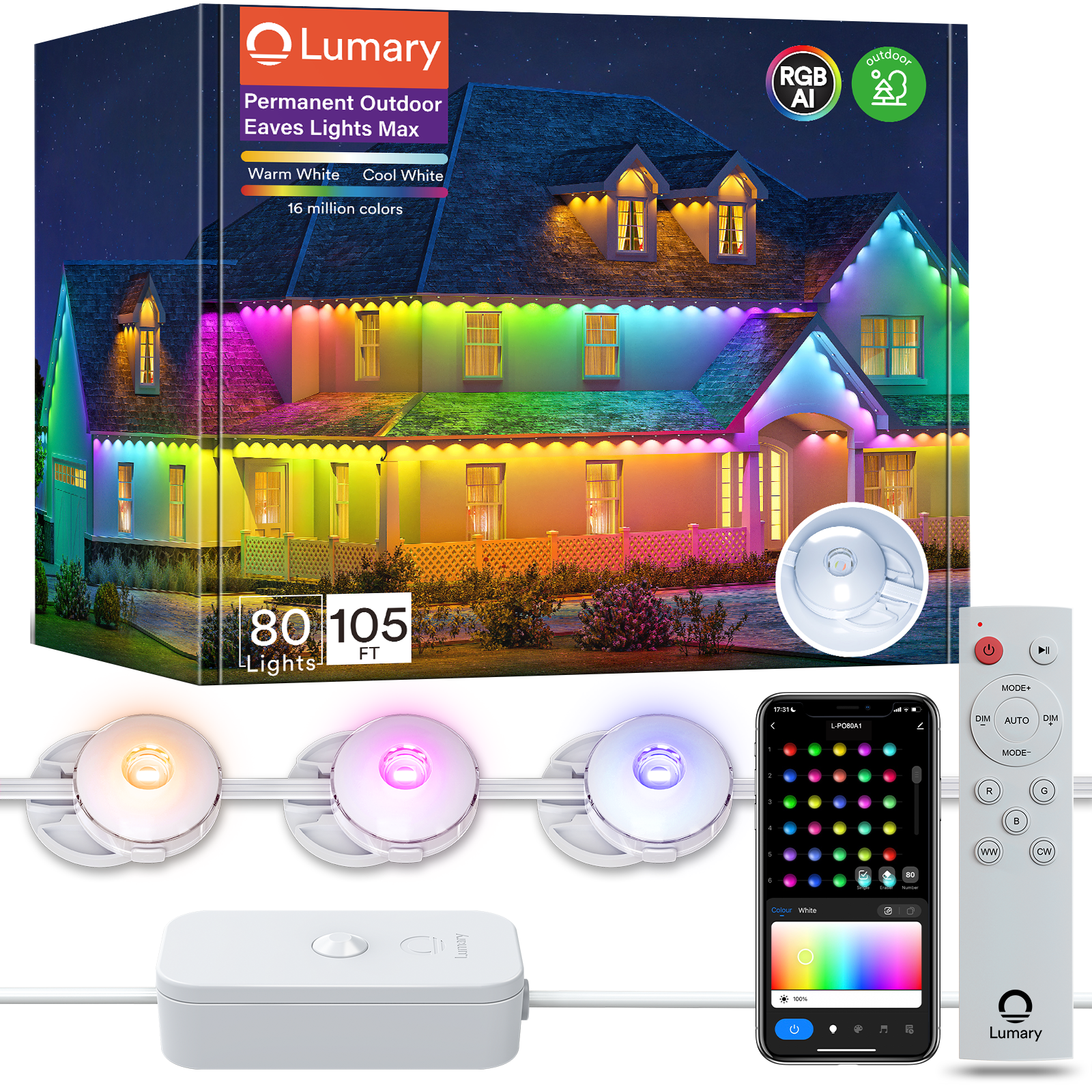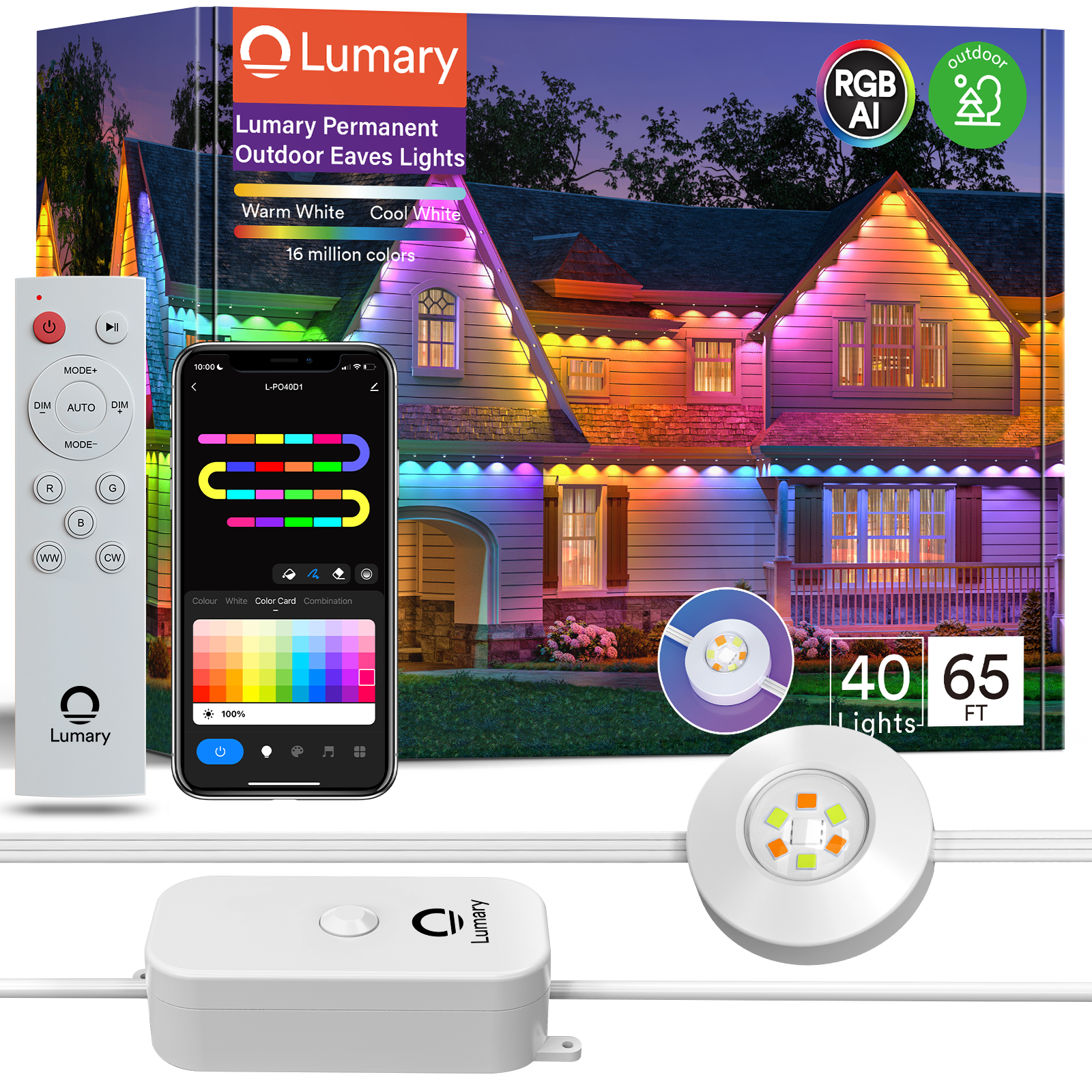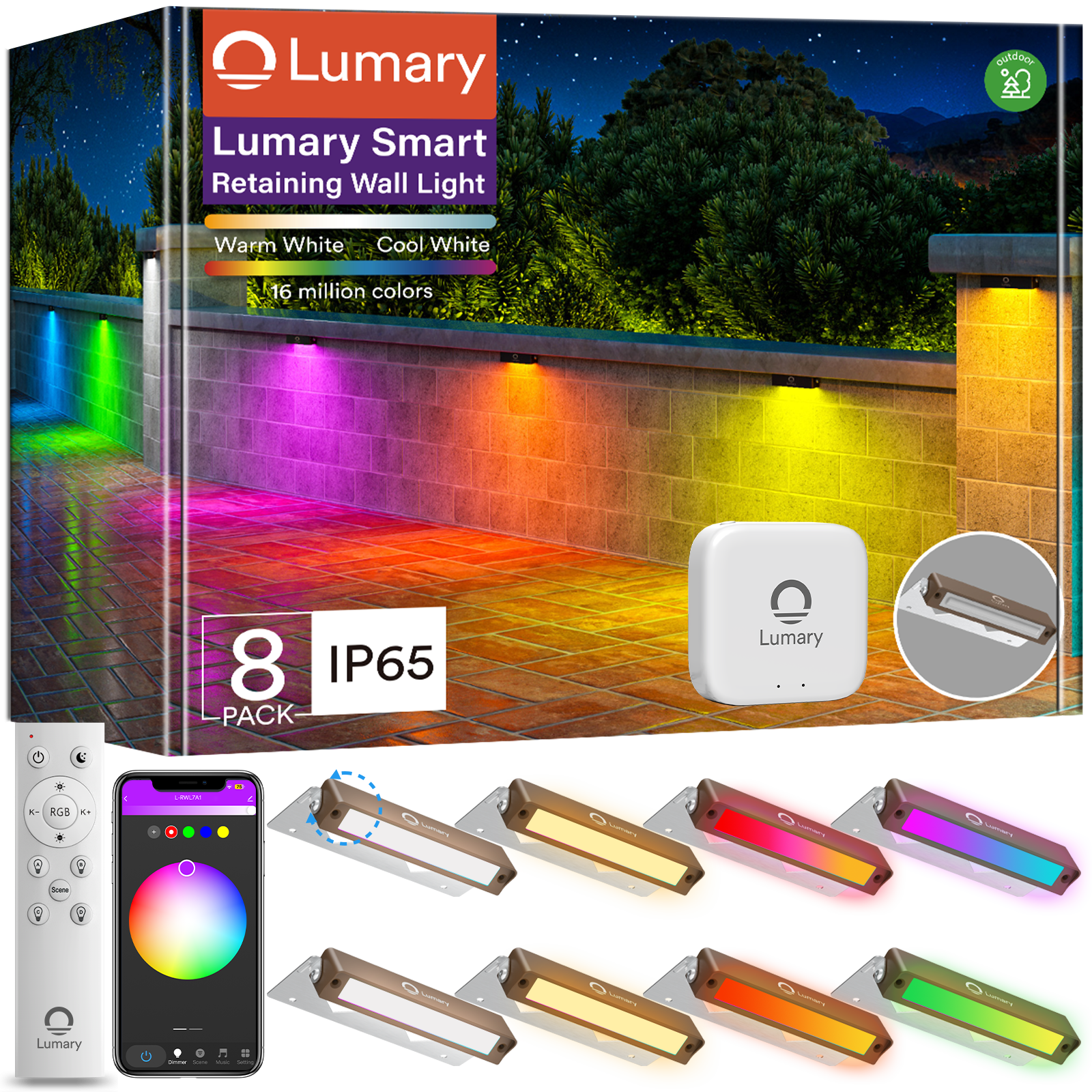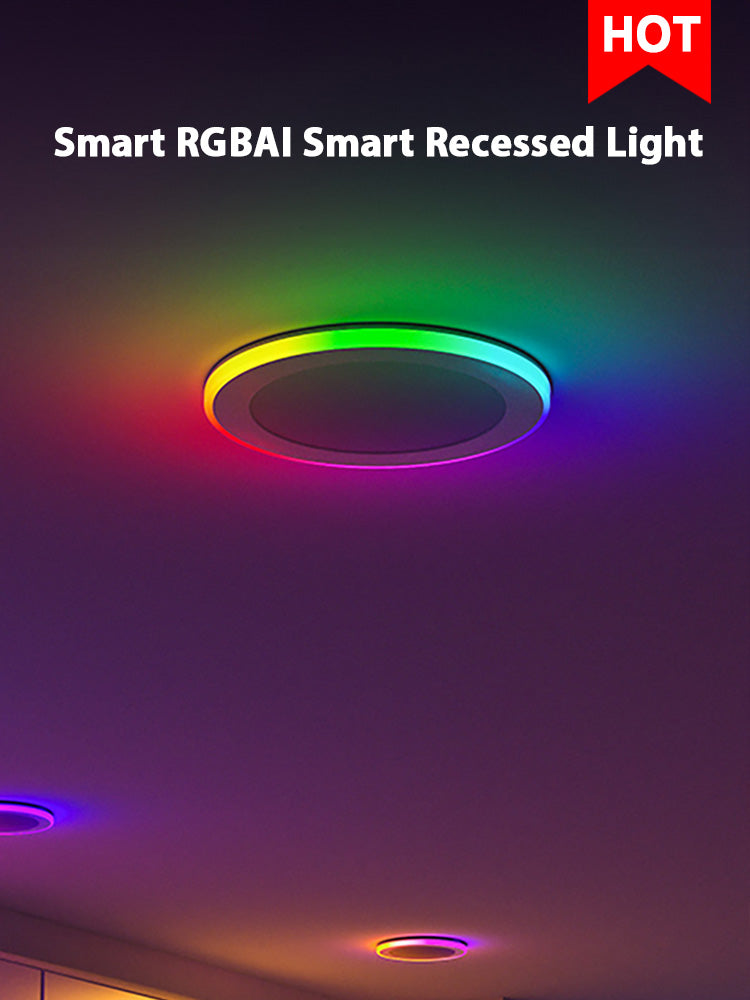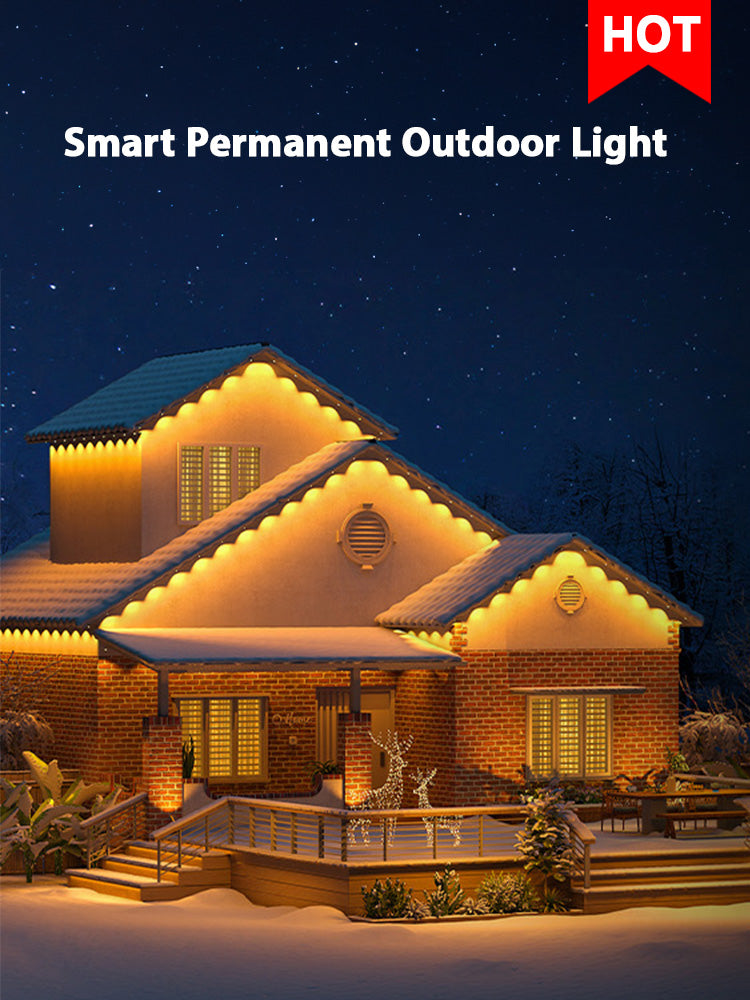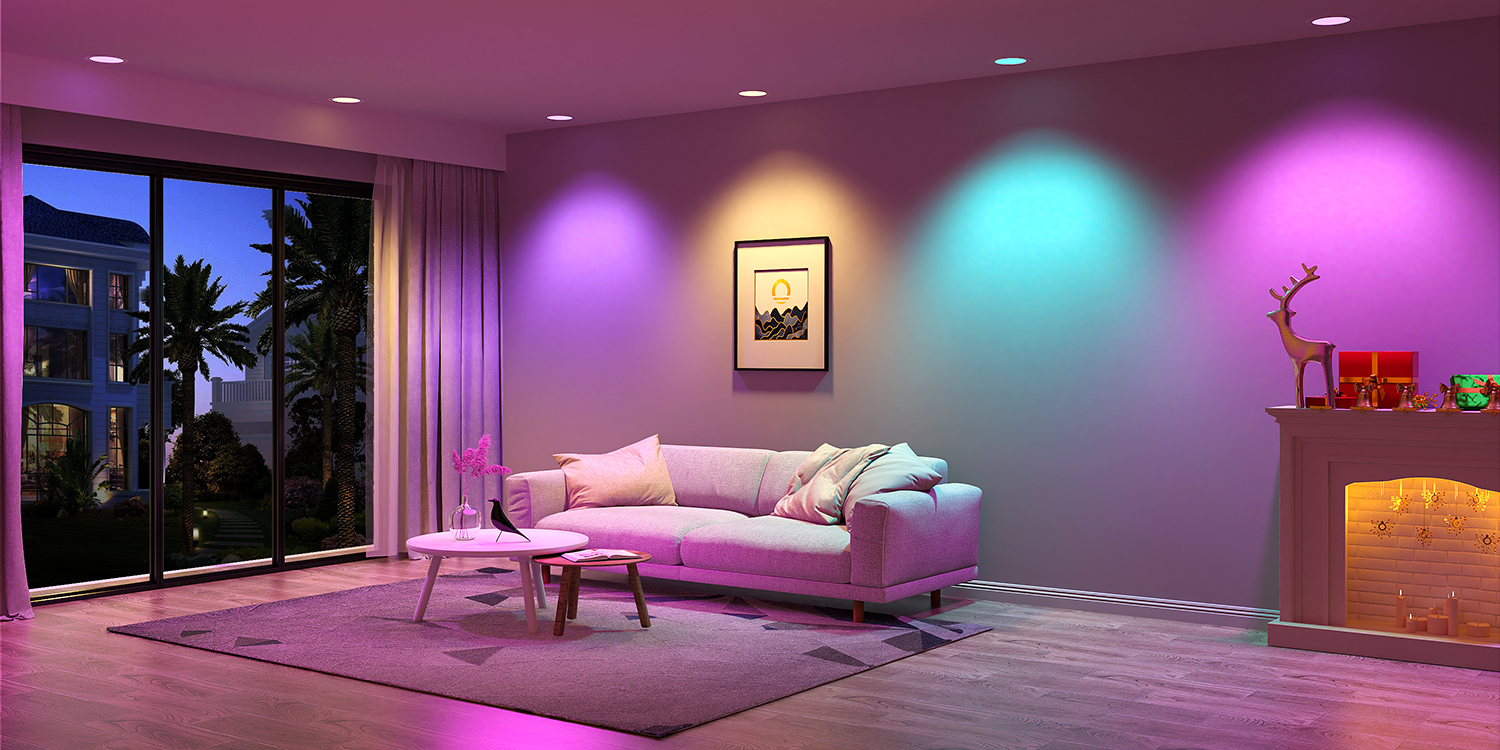LED lighting can transform even the plainest space into a gorgeous oasis after sunset. With the right fixtures bathing your home in a flattering glow, you can extend evenings long after the crickets start chirping. When designing an LED lighting plan, one key decision is whether to incorporate uplighting, downlighting, or both. Keep reading as we compare the pros and cons of uplighting vs downlighting to help you determine the best solution for your LED lighting goals.
What is Uplighting?
Uplighting refers to light fixtures positioned low to the ground that cast illumination upwards onto structures, vegetation, and other vertical elements. Installed along garden borders, next to architecture, and amongst plantings, uplights use deft angles to graze surfaces with light.
Think of uplighting as akin to wearing a headlamp while hiking. The lamp sits at chest level, shooting a beam upward to illuminate tread signs on boulders, trail markers on tree trunks, and swaying branches overhead. Uplighting takes on a similar task, spotlighting outward- and upward-facing surfaces in your yard.
Benefits of Uplighting
Some key benefits of incorporating uplighting in your LED lighting design include:
- Showcases Architectural Details:Whether your home features artfully stacked stonework, hand carved brackets, or delicately turned balustrades, uplighting ensures these special details don't get swallowed by the nighttime. Uplights adorably perched at the base of columns or along the foundation throw textural features into relief.
- Accents Trees and Shrubbery: Uplighting placed within foliage gently kisses branches and leaves with light. The resulting twinkling effect makes plantings even more magical after dusk.
-
Defines Spaces:Low voltage uplighting tucked within garden beds provides subtle separation, with islands of illumination distinguishing turf from borders. Visitors can better discern separate rooms like dining spaces, lounging nooks, and water features.

- Enhances Security: Brightly lit entryways, parking areas, and house numerals help visitors find their way around easily. Uplighting along fence lines, driveways, and buildings also discourages prowlers, signaling an alert and active household.
- Creates Ambience:Combining uplighting colors and intensities allows you to set any mood imaginable. Romantic red and amorous amber hues indicate couples only zones, while cool blue or green tones lend backyard hangouts a relaxed, friendly vibe.
The Drawbacks of Uplighting
For all its aesthetic virtues, uplighting isn't necessarily an ideal solution for every application. Some limitations to consider include:
- Insufficient Ambient Light:While uplighting admirably highlights specific objects, more general illumination is needed so guests can actually see each other or read menus without squinting.
- Potential Glare: If uplights are poorly aimed or specified, intense hotspots blast guests straight in the face instead of grazing surfaces. No one looks good in the equivalent of an alien abduction probe shining directly into their eyeballs.
What is Downlighting?
Downlighting refers to lighting fixtures that are installed high above and designed to cast light downwards. This type of lighting is an effective way to illuminate spaces with targeted, ambient light from above. Here are various types of downlights:
- Canless Recessed Lights:These sleek fixtures are designed to be installed flush with the ceiling without the need for a traditional can or housing, offering a contemporary look while providing efficient downlighting.
- Can Recessed Lights:A classic choice in indoor lighting, these recessed fixtures feature a can shaped housing hidden within the ceiling. They project a beam of light downwards and can be equipped with different trims and bulbs to adjust the spread and intensity of light.
- Gimbal Lights: Advanced recessed lighting options, gimbal lights have adjustable fixtures that can tilt and rotate, granting the ability to direct light exactly where it is desired, which is ideal for accentuating artwork or architectural details.
- Ceiling Lights: This general category includes any light fixture mounted directly onto the ceiling, like chandeliers, pendants, or flush mounts, which provide overall ambient lighting to an indoor space.
- Disk Lights: These are slim, round LED fixtures that can either be surface-mounted or recessed into the ceiling. They emit a broad swath of light and are a modern alternative to traditional downlights, with less intrusion into the ceiling space.
Downlighting is often preferred for its ability to provide widespread ambient light that enhances the functionality of a space while minimizing glare and shadows. It's essential for tasks that require good visibility, such as cooking in the kitchen or reading in a study. When strategically placed, downlights like canless recessed lights, gimbal lights, and disk lights can enhance the indoor environment, bringing focus to areas of interest while ensuring the space is well lit and inviting. Whether for work, relaxation, or entertainment, quality downlighting is a key component in interior design, blending aesthetic appeal with practical application.
Benefits of Downlighting
Downlighting is a versatile and strategic choice for indoor illumination. Here's why downlighting should be an integral part of your interior lighting design:
- Enhances Ambience and Functionality:Canless recessed lights and disk lights emit a seamless glow that brightens living spaces effectively. Their even distribution of light allows everyone in the room to interact comfortably, offering clear visibility without harsh shadows, which is perfect for gatherings in the dining area or lounge.
- Accentuates Art and Architecture:Gimbal lights are particularly useful in drawing attention to art pieces or architectural details within your home. Their adjustable angles allow you to focus beams of light precisely, creating an inviting and enriched visual experience.
- Improves Safety and Navigation: Can recessed lights can be installed along hallways or above stairs to provide clear guidance through your home. The directional light they emit ensures each step is well lit, reducing the risk of trips and falls, and making navigation through your space intuitive and safe.
- Showcases Interior Features: Whether it's highlighting a bookshelf or casting a gentle wash over a water feature in an indoor atrium, downlighting can add a layer of sophistication and charm. The reflected light from surfaces adds depth and texture to the room, transforming ordinary features into focal points.
- Energy Efficiency: LED technology in downlighting solutions such as canless recessed lights, gimbal lights, and disk lights is designed to concentrate light where it's needed most, ensuring maximum efficiency. This targeted approach minimizes waste and reduces energy consumption, leading to lower utility bills and a more eco-friendly home environment.
Incorporating downlighting into your home not only enhances the aesthetic appeal but also contributes to a functional, safe, and energy efficient living space. With the added benefit of the long lifespan of LED fixtures, downlighting becomes a smart investment for any discerning homeowner aiming for both style and substance.
The Downsides of Downlighting
When considering downlighting for your interior spaces, it's important to be aware of certain limitations:
- Subdued Aesthetic Impact:Downlighting provides a clean and functional illumination that can make a space feel welcoming and well lit. However, if you're looking for a more theatrical or striking visual impact, the understated nature of downlights like canless recessed and gimbal lights may not meet your expectations. They're designed to blend into the space rather than stand out.
- Installation Constraints:Effective downlighting requires strategic placement within an indoor setting. Ceiling mounted fixtures such as can recessed lights and disk lights need structural support and proper alignment to ensure the light is cast evenly and where it's most needed. This might necessitate careful planning during installation, especially in rooms with varying ceiling heights or limited access.
Uplighting vs. Downlighting: What's Right for You?
Deciding between uplighting and downlighting isn't about finding the single best choice it's about what suits your needs and preferences. Both lighting techniques have their place in creating a beautiful space, and you don't have to limit yourself to just one. By combining uplighting with downlighting, you can achieve a look that's both stunning and functional.
Strategic Fixture Selection and Placement
- Layering for Depth and Function:Introduce uplighting to cast a soft glow on walls or ceilings, thereby accentuating architectural features or creating an ambient mood in areas like living rooms. Pair this with task oriented downlighting from fixtures such as gimbal lights or canless recessed lights in spaces where clarity is essential, like kitchens or reading nooks.
- Intentional Design for Everyday Living: Deploy downlighting strategically over high traffic zones to ensure a safe and well lit environment. Meanwhile, uplighting can be used to draw attention to fine art or to softly illuminate quiet corners, adding a touch of elegance without overwhelming the senses.
- Smart Integration into Your Home's Structure:Careful consideration should be given to the installation points for these fixtures. LED downlights, including disk lights and can recessed lights, should be placed at optimal points to provide uniform lighting that complements the room's activities while avoiding glare.
Professional Insight for Perfect Illumination
Consulting with lighting design professionals can be invaluable in navigating the complexities of interior illumination. They possess the expertise to merge uplighting and downlighting harmoniously, ensuring each room reflects your personal style while meeting practical needs. These experts can turn a good lighting plan into an exceptional one, often more efficiently than one might expect.
By artfully integrating uplighting with downlighting, you can create a welcoming and beautifully lit home. Such a thoughtful approach not only highlights the uniqueness of your space but also creates a functional environment that resonates with warmth and comfort.
The Takeaway
When comparing uplighting vs downlighting, neither technique universally outshines the other. As with any LED lighting decision, the right solution depends entirely on your unique environment and long term goals. In most cases, thoughtfully incorporating both uplighting and downlighting allows for balancing aesthetics and function for maximum nighttime enjoyment.


